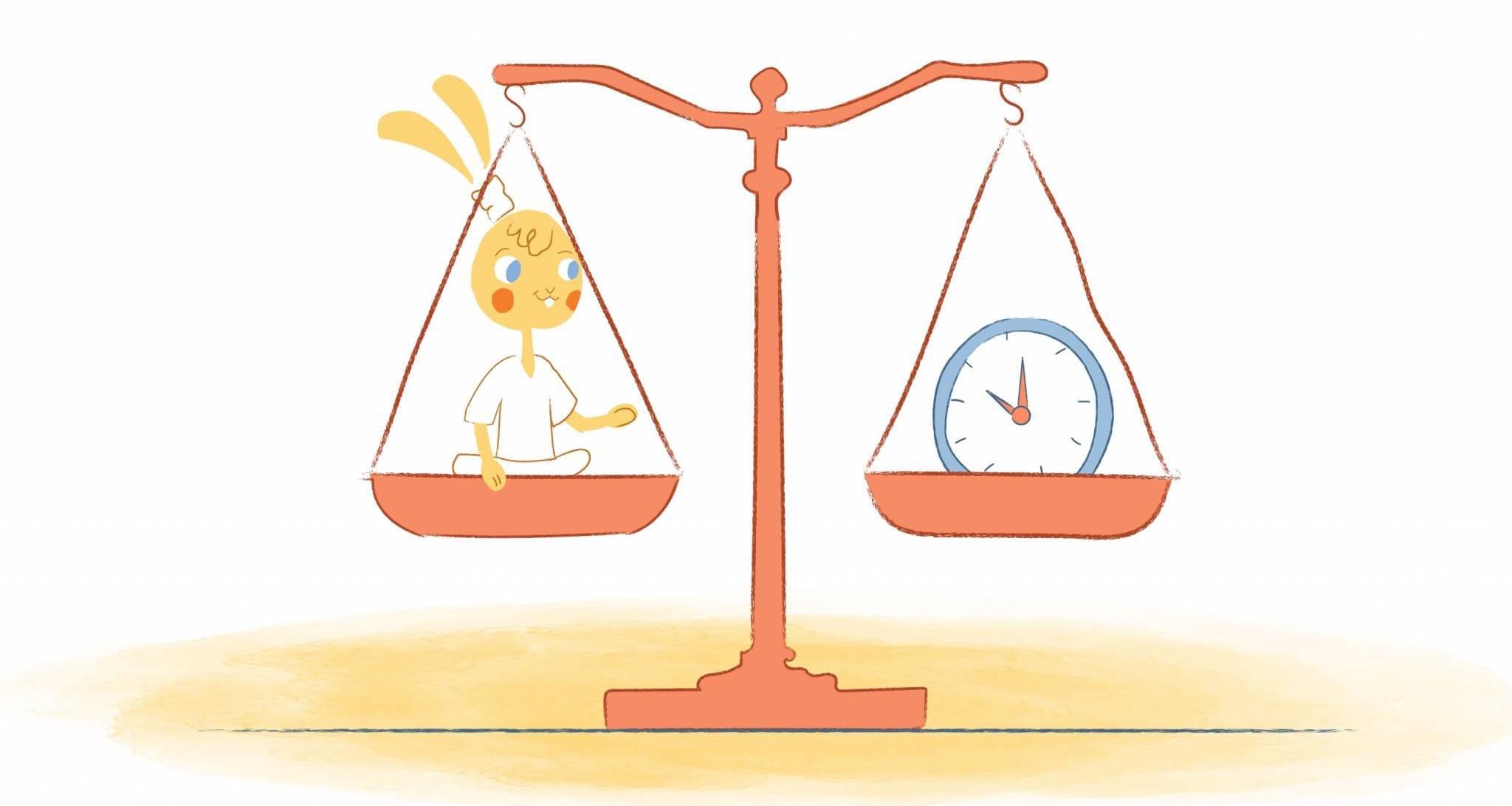

Many teams find themselves busier at the start of a new year. Colleagues are often excited to make way for new projects and goals. When multiple stakeholders demand your attention and effort at a time, you may feel overwhelmed. Luckily, many tools can help you organize your time in today’s digital world. Calendars specifically have come a long way with new technology integrations.
If you miss deadlines and expectations, focus on your time management efforts. Digital calendars are a powerful tool for managing your time and productivity levels. Even if you’re utilizing an offline calendar, there are ways to use the resource to your advantage. The following tips will help you use your calendar fully and manage your schedule better.
Digital Integrations
A unique aspect of the experience of a digital calendar like Todoist or Calendar is its ability to connect with other programs you use. As calendar apps advance, there are more and more ways for teams to create seamless experiences during project management. You create synergy between your calendar and other time management applications using platform integrations. For example, for teams using Asana, you can automate tasks to show up on your calendar so that you don’t have to spend time jumping back and forth.
You could additionally integrate other calendars, like combining a personal and professional calendar, so that you see all areas of your life in one place. Adding your spouse’s calendar to your own will help you keep track of their schedule so you can better manage your household. Companies often have their own calendars that you can integrate into your view, allowing you to see essential company dates, including holidays.
Calendar Blocking
If your calendar is filled to the brim with meetings, setting boundaries is a game changer. Blocking times on your calendar is a key way to enforce boundaries and set time aside for yourself. Digital calendars have made it easy for colleagues to claim time on your calendar, but blocking off time prevents you from losing all your time to collaborative work. Take it a step further and block off times when you are most motivated. This tactic will help you get work done when you’re more likely to put forth your best effort.
Not only is time blocking important for productivity, but it’s equally important in maintaining your work-life balance. If you have difficulty remembering to take breaks, setting a time on your schedule reminds you to take a step back. Blocking off your lunch hour ensures you can take the time to eat and rejuvenate before the afternoon. Taking breaks throughout the day will positively affect your mood and your ability to stay motivated and prevent burnout.
Prioritize Appropriately
When you’re juggling multiple projects, it’s crucial to prioritize and manage your time appropriately. If you’re struggling to determine priority levels, a leader or colleague can assist in analyzing the projects on your plate. You may also manage time by starting with the smaller tasks that you can get done quickly. That way, you can get those tasks out of the way and spend the rest of your time working on bigger projects.
Another strategy that aids your prioritization is marking your deadlines on the calendar. Making a note of deadlines and other important dates will help you navigate your schedule, especially when looking at the big picture. For instance, if you see a deadline coming up on your calendar, you’ll be able to plan your week around any extra time you’ll need to complete the project. Having these deadlines in front of you prevents you from getting swept up during a busy week or month and will keep you on track to meet expectations.
Scheduling Features
Planning a meeting for more than a few people can become complicated during a busy quarter. Calendar apps have removed any back-and-forth communication required to determine ideal meeting times. Using artificial intelligence, online calendars can analyze your team’s schedules and recommend times that work for everyone. You can then set your meetings as recurring events throughout the year. With this tool, you no longer have to remember to coordinate these meetings manually. This will also help you and your team plan around their schedules far in advance if needed.
With digital meetings becoming more common, calendars have introduced scheduling features to hold you and your team accountable. With the benefit of calendar reminders, it’s less likely that you or a colleague will forget an appointment. For meetings occurring over video, modern digital calendars send desktop notifications when the meeting has started. Not only does this prevent you from missing important meetings, but it also decreases your stress in trying to remember specific times.
Customization Features
With digital calendars, you are no longer limited to one set of weekly or monthly views like hard copies. Online calendars allow you to customize your view in a way that works best for your professional and personal life. With calendar apps, you can focus on the agenda of a single day or look at months at a time to get the big picture. What seems like a simple feature may ultimately improve how you prioritize your time. It may be beneficial to look at your schedule one day at a time for busy weeks so you don’t get stressed by the week ahead. However, if you’re planning events far in advance, having that monthly view will be critical.
Digital calendars also allow you to color code easily by setting rules for different types of projects, helping you understand projects at a glance. This method can also be used offline if you prefer to work with pen and paper. On top of that, with online calendars, you can add notes, media, and other links to calendar appointments. Color coding and attachments allow you to understand your projects quickly without rereading emails and searching for important context.
Time Insights
For those struggling to identify weaknesses in their productivity, digital calendars are powerful in their ability to collect data. Calendar apps monitor the events on your schedule and give insights into your time in each category. For example, if your break times make up most of the calendar, your schedule may need a little tweaking. This feature will help you decipher if you spend too much time on one project and not enough on another.
It’s easier to rework and adjust your efforts when you visualize your time distribution and habits. For this reason, calendar analytics are useful when setting goals and working toward personal improvement. If you’re hoping to spend more time on specific projects, online calendars will track your input over time. At the end of the month, you can take a look at your statistics and determine how to rearrange your schedule to reach your goals best.
More Than a Timeline
At first glance, calendars may seem like a simple tool, but the growth of the internet and digital capabilities have made it even more powerful. Calendars are no longer limited to just writing down important dates. Digital calendars take the hard work out of managing your time and help you meet goals with the click of a button. By utilizing the many features provided by your preferred calendar, you can boost your productivity and tackle your objectives during a busy year.
[Related: Time Poverty: The Modern Malaise and How to Escape Its Grip]
Featured Image Credit: Canva Studio; Pexels











Angela Ruth
My name is Angela Ruth. I aim to help you learn how Calendar can help you manage your time, boost your productivity, and spend your days working on things that matter, both personally and professionally. Here's to improving all your calendars and becoming the person you are destined to become!